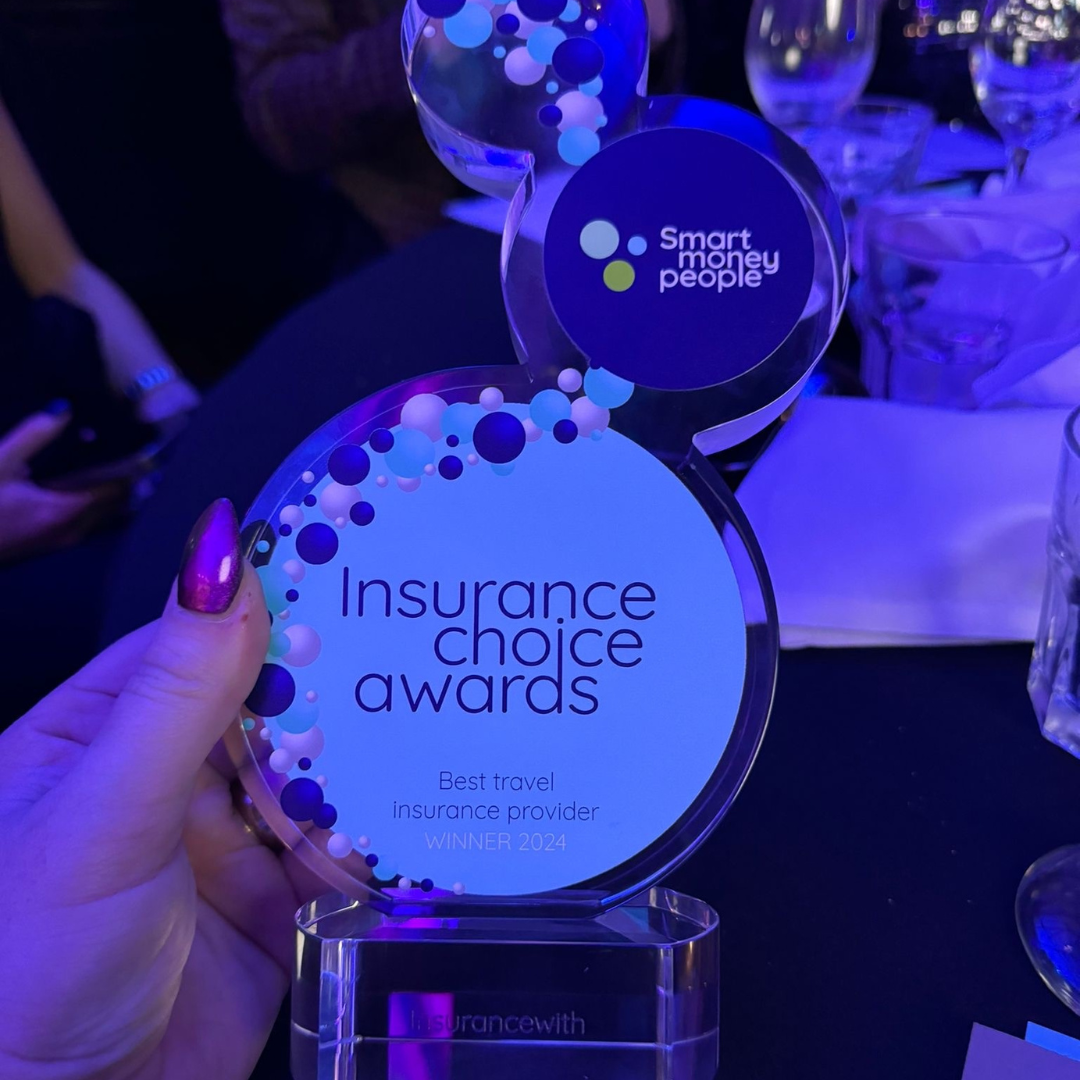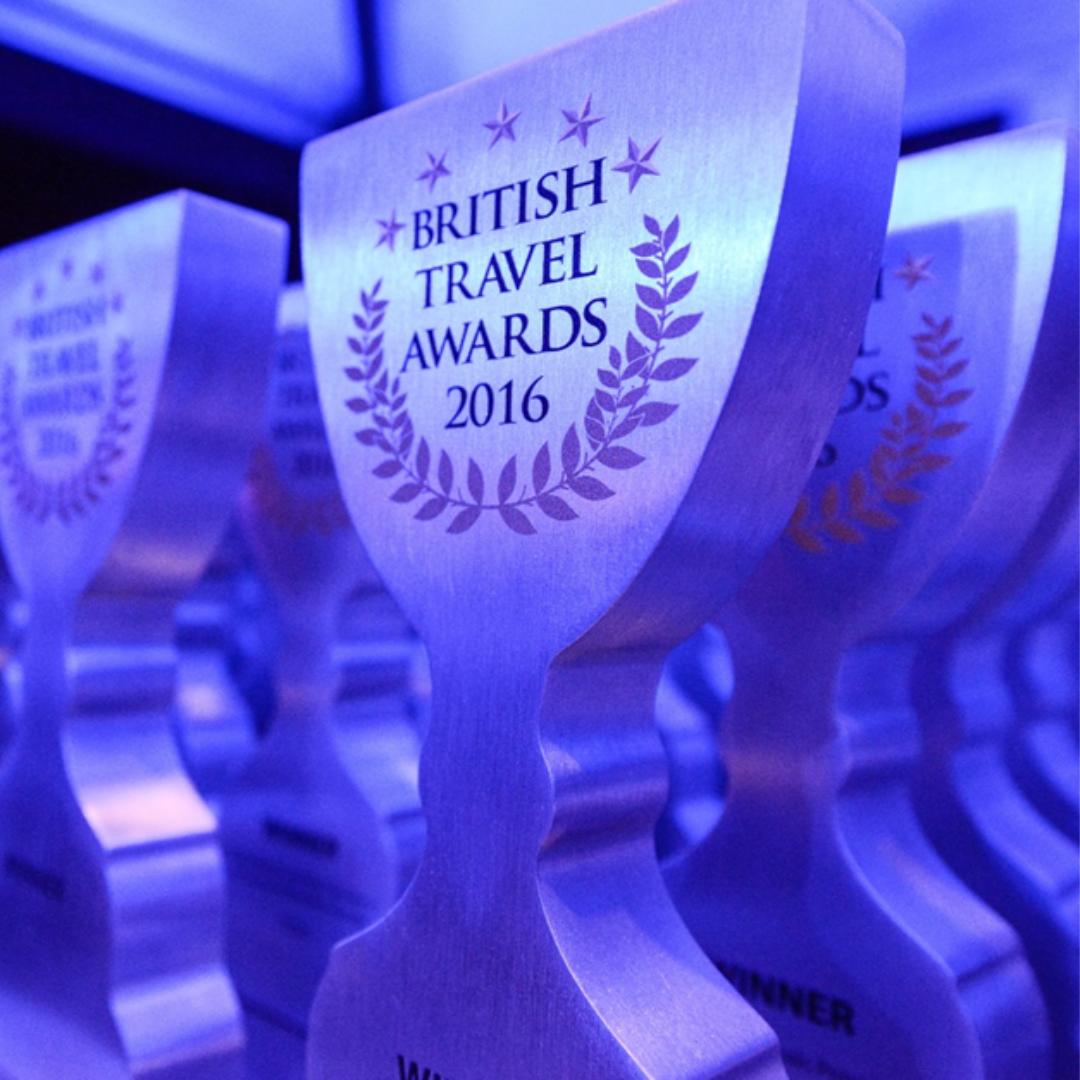Alcohol, sharps, tablets, liquids and other items such as food substances, tobacco and souvenirs all ring alarm bells with those flying across the globe, and most countries have strict rules about the amount of these items they allow in. Customs dictate what you are and what you aren’t allowed to bring in to any country, so we’ve provided a handy guide below for you and your holiday:
Baggage
Liquids – should be in your hand luggage, and should be in its own 100ml container, and carried in a single transparent re-sealable plastic bag of up to 20cm x 20cm.
Baby food or milk – You are allowed to carry as much baby milk, powdered formula, sterilised water and baby food as required for your trip, even if this exceeds the usual liquid limit.
Wheelchairs – Most airlines can accommodate all types of battery-powered wheelchairs. In order for the airline to be prepared for your arrival, provide them with advanced notification of your needs and follow their safety guidance on travelling with a wheelchair.
Medication
Liquid medicine – You are allowed to carry as much liquid medicine as is required for your trip, even if this exceeds the usual limit on liquids, provided you have a supporting prescription or doctor’s note.
Tablets and capsules – can be carried in either hand luggage or your main baggage.
Epi-pens and hypodermic needles – can be carried in your luggage as long as they are provided for inspection with a doctor’s note.
Oxygen and other small cylinders – require the airline’s specific approval. Contact your airline or travel provider to ask how to gain approval for this medical equipment.
Portable medical electronic devices (e.g defibrillators, nebulizers, CPAP machines with lithium batteries, portable oxygen concentrators) – also need the airline’s special approval. Contact your airline or travel provider for further advice on gaining approval for this medical equipment.
Small personal thermometers containing mercury – Can be carried on board provided they are in a protective case.
Toys
Flying with a child can lead to many dirty looks from fellow passengers when they start to get overtired, kick up a fuss, throw a tantrum or start kicking the back of the seat belonging to the person sat in front of them. Ideally, bring more than enough things to keep your child entertained in order to avoid being stared at by the entire passenger list.
Sticker books, colouring sheets, playing cards, movies, games on a tablet or portable device, are all good toys to bring with you. (You don’t particularly want anything that can cause a mess or be thrown to great distance by your little one, in order to help make your flight as hassle-free as possible)
Make sure you bring some snacks with you too, so you can curb your child’s hunger long before it starts to affect their mood. This should come in useful when you’re queuing at check-in, security, or to board the plane.
There’s nothing worse than packing to go away a few days before your holiday and finding that you, or your child’s passport is out of date or invalid.
If you’re still in the UK and need to get a passport urgently, you have to book an appointment with the Passport Customer Service Centre. After the appointment, you can get your passport the same day or even within a week.
The Passports Office have an urgent passport application service for anyone who wants to renew a passport quickly or for those who are travelling in less than 4 weeks. Urgent services are usually only available for passport renewals, lost stolen or damaged passports and first time child passports.
Bear in mind that your appointment with the Passport Customer Service Centre can be up to three weeks in advance from the date that you book it. A premium 1-day service is available for appointments on certain days, at certain times and at certain locations, all of which are listed on the Foreign Office website.
Please note that passport offices can get quite busy at peak times, especially in the months April, August and September. To avoid disappointment, we recommend calling and booking your passport appointment as soon as possible. We also recommend not booking a holiday until you’re sure your passport is valid or will arrive before your departure date.
Below are the prices of a fast-track new passport service from the Foreign Office:
| Passport type | Fast track service cost (1 week) |
| Renew a standard adult 32-page passport | £142 |
| Change or amend a standard adult 32-page passport | £75.50 |
| Replace a lost, stolen or damaged adult passport | £75.50 |
| First child passport | £122 |
| Renew or amend a child passport | £49 |
| Replace a lost, stolen or damaged child passport | £49 |
If you have found that either you or your child’s passport is out of date, lost, stolen or damaged, but you do not need a replacement urgently, then you can apply online, through the Post Office’s Check and Send service, by completing the form in an application pack and sending it through by post, or at a regional passport office.
It usually takes up to 3 weeks to receive your new passport in the post.
Taking your kids on holiday as a single parent can be daunting, and as the only adult it can sometimes even be stressful or overwhelming. We’ve written a few tips and pieces of advice to travelling with kids as a single parent below.
Booking
When you look to buy holidays for your family, there often aren’t many options for single-parent family groups. However, persevere and look around as some operators or agents tend to offer deals for single-parent families with discounts or other great deals available, the key is to just shop around and do your research.
When you’re booking, think about what’s important for you and your family. If it includes socialising with other kids, make sure you book somewhere close to other family holiday homes so there’s someone of most age groups to socialise with.
Safety
One of the most over-looked aspects of travel is safety and travel insurance. Although it might seem boring and an unnecessary expense, but the thought of being abroad when your child falls ill or is seriously injured can be a really scary situation to find yourself in, especially if you’re alone.
Occasionally, accidents do happen and you can find yourself in an emergency medical situation. Should this happen, this is when people see the real benefit of travel insurance, it not only covers the cost of lost luggage and cancelled holidays, but can offer you great benefits like emergency medical helplines open every single hour of every day to give you the help and advice you need to get through the circumstances. Again, some travel insurance companies do single-parent discounts and can give you great deals for your kids and travelling as a family.
Be prepared
Remember to pack plenty of snacks for your holiday. Travelling with kids can be stressful at the best of times, even when they’re not tired and hungry, so pack a few long-life snacks and this should get you through most days on the road or in queues waiting for attractions to open up. Drinks, plastic bags and wet wipes can also be really useful, especially if you have younger kids.
Make a list of all the things you want to take long before you pack and depart for your holiday. This way, if you think of anything randomly you can just add it to the list to pack later on.
Enjoy it!
Remember that this holiday is not only for your children, it’s for you too. By dividing your holiday time between doing things that you all enjoy, activities that your children enjoy and things that you enjoy, which could include time to yourself, making make sure everyone gets an equal say in what they do and the holiday plans.
Children love holidays and the novelty of going away never fails to keep them buzzing with excitement. Family holidays in particular provide kids with precious time with busy working parents or bonding experiences with other family members – quality family time and interaction is something which will be remembered for a long time.
Where?
The first and most important thing to think about when you’re planning your family holiday is what you want from it- what sort of holiday do you want? A week’s long adventure holiday or a beach holiday or maybe even a cruise? Nothing excites kids more than the prospect of doing something new. For a trip that your children will remember forever, why not try giving them a new perspective or introduce them to a new sport. Holiday experiences can ignite new passions and hobbies. Involve your children in the decision-making process by making it a game.
Next step is to choose your specific destination. If your kids don’t do well on long journeys, think about a stay-cation, or one abroad but closer to home, say France or Spain. Have a family meeting and discuss what everyone would like to do whilst on holiday. Whilst this might spur some crazy and impossible ideas from the younger ones, you can get an idea of what other activities they’d find exciting and where you could do them. Think about what else you yourself want from the holiday, as it’s also your time away and you could do with a break from doing kid-themed activities the entire holiday. Pick a couple of days that you can designate to what you want to do and involve the children in some aspects of that, too.
By involving everyone in the decision-making process, you can find just the right spot to make your family holiday memorable.
How much?
Sticking to a budget when your children want to do so many different things can be difficult, but knowing exactly what your family wants, helps. For example, if the whole family wanted to go snorkelling, you could look exclusively at resorts or holiday destinations that offer the activity free, saving you a lot of money to spend elsewhere.
Researching the internet and comparing various holiday packages, hotels, flights and activities can save you money when you invest time in looking around. You can often find a deal where kids go free, transport is included or any last-minute deals which can fit in with your schedule.
Consider going all-inclusive for a price that includes some of the things you want to do along with accommodation, food, drink and entertainment, it’s easier to manage at one total price, and then all that’s left to sort is transport or travel insurance – both of which you can shop around for and find the best deals.
Entering the world of winter sports and all of its bountiful trimmings (the equipment, the traditions, the techniques and the thrills) can be thoroughly overwhelming and exciting for someone who hasn’t done it before. If you’re about to enter that world and you’re completely new to the concept of controlling things attached to your feet in order to move sturdily down a mountain face at some speed, read our handy guide below:
Skiing
Skiers strap skis (which are long and have curved tips) to each booted foot and use them, along with ski poles, to navigate themselves down the snow-covered slopes.
Learning to ski is a gradual process – many beginners find that learning the basics makes them resemble a new-born deer, stumbling round, unsure how to walk – however, the process is pretty easy to pick up, and with enough practice the sport becomes extremely enjoyable.
To start: Picking one foot up at a time, with your skis on, and turning them to the right, and then to the left, to get familiar with the feeling and which muscles to use. This principle doesn’t change once you’re on the slopes – you point your skis where you want to go primarily by turning your feet. Keep your feet shoulder width apart, with your toes pointing inwards and your heels apart, so your skis make a triangle/V-shape (like a slice of pizza). This position (the snow plough) gives you a solid base even on the move. Bend your ankles, knees and waist slightly, keep your arms out wide and feel your weight move evenly on the balls of your feet and heels. Begin!
To stop: Typically, novice skiers use a technique called ‘the snowplough’ to turn and stop by pointing one end of the both skis inward. More experienced skiers use advanced methods such as ‘carving’ where the skier turns their knees and feet, keeping their body and hips facing forward, in order to stop.
Snowboarding
Learning how to snowboard is similar to surfing, just in a generally safer and colder environment. However, it isn’t particularly frustrating, once you get the hang on how to control yourself once you’re on the board, snowboarding becomes more fun really quickly as you can start to conquer the many slopes your resort has to offer.
To start: So you’ve got your gear, a good night’s sleep and the anticipation of being able to slide at a fast pace down the mountain face with beautiful surrounding is building.
Next step is strapping your lead foot (whichever you feel is more dominant and would serve better steering at the front of the board) in place. Leave your back foot free for now, and put on your snowboard leash to keep your snowboard from escaping down a hill when you step out of it. Sit down with your board perpendicular to the slope. This makes your board act as an extra brake to keep you from sliding.
Put your rear foot into it’s binding and make sure both foot bindings are snug and secure (if you can move your foot whilst it’s in the binding, or pull your heel up from the base, it’s too loose)
Once you’re strapped in, you’re ready to board! Stand up and turn your snowboard so that the lead end of the board is pointing down the hill and apply some weight to your lead foot to encourage the board to move forward- gravity should take care of the rest.
The right kind of weight you apply to your lead foot should feel like you’re pretending to squash a bug under the ball of your foot. Keep your knees slightly bent and your back straight in order to maintain balance as you gain speed.
To stop: Turn your snowboard so that you’re perpendicular to the slope of the mountain/ Be sure nobody is bearing down on your position from further up the slope or that you’re in the way – you could cause a collision. Lean back into the slope of the hill as far as you can without falling over. This will put almost your entire weight onto one edge of the board, forcing the friction to stop you gradually but effectively. As you lean into the hill, lean back on your rear foot, releasing all pressure or weight from your lead one. This further reduces the surface area of the board. The more you lean back, the faster you’ll stop (but you do run the risk of falling over entirely)












